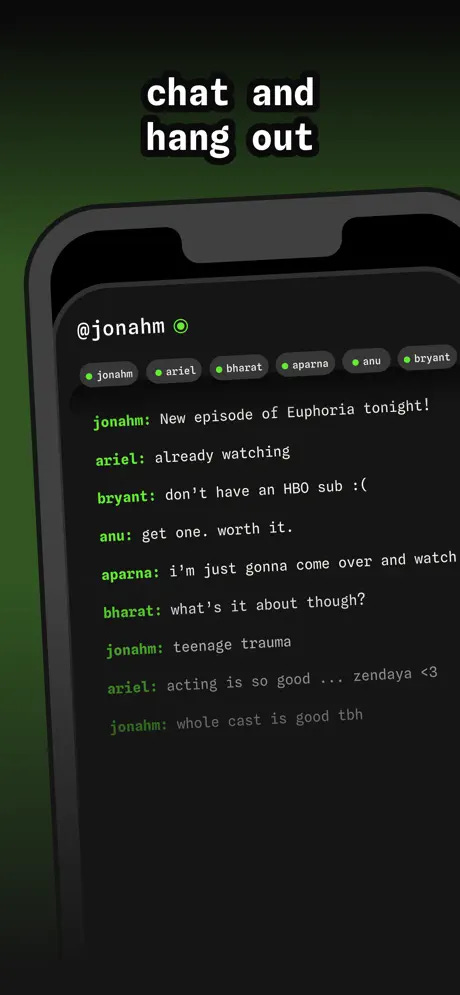Making Products that Spread like Wildfire
Before we dive in to this week’s newsletter on building viral products:
New episode of the pod is LIVE. I chatted about growth hacks to building a YouTube empire with Austin Lieberman. If you care about growing a YouTube channel, you’ll love the episode.
Listen on Spotify, Apple and YouTube (subscribe for exclusive videos).
Probably best to watch on YouTube, because we did a ton of screensharing.
There are no ads in my podcast or my newsletter. Enjoy!
My Twitter timeline is full of people preaching the profitability of “unsexy” businesses.
It makes sense — there’s a ton of profit in bringing modern strategy and operations to legacy services, and the target demographics are always clearly defined.
But I think there’s something to taking the exact opposite approach: creating products that feel novelty, fun, simple, and unnecessary.
People don’t need these products — but people feel like they need to share them with other people.
These products live outside of the latest AI, AR, and no-code crazes. They’re not hyper-optimized for profitability. They are often marketing “drops”. They don’t sell themselves — the ideas behind them are awesome enough to create conversations, both online and in-person, and that’s enough to drive conversions.
And most importantly, in an internet-enabled world, they spread like wildfire.
I’ll share my formula for creating fun products, but let me give you a few examples first:
Pear
Pear is a ring you wear out in public to let others know you’re single and open to conversation.
Gone are the days of getting shot down by “I have a boyfriend” or meeting someone who just isn’t ready to date anyone. Pear’s goal is to make dating apps extinct by bringing back real IRL human connection and spontaneity.
Pear doesn’t feel like a product — it feels like a social experiment. They’re creating community by simply existing, and hosting events to accelerate the dating process for single people around the world.
Die With Me
Die With Me is a chat app you can only use when your phone battery is at 5% or lower.
When your phone hits 5%, the chatroom opens up and you can talk to strangers around the world who are looking for phone chargers just like you. It’s an excuse to meet new people with something in common to you.
The app is $0.99 — no ads, and an in-app purchase to upgrade to the 15% battery life tier. I wouldn’t be surprised if this business does $500,000+ of revenue this year.
Pretty brilliant.
@me
Anu Atluru is currently launching @me — a live chat room app that feels exactly like the 90s.
iMessage feels like the gold standard, and WhatsApp feels cold. Messaging apps are full of AR filters and ads. We live in a world where people are excluded from conversations because of the color their texts show up as. Take your group chat to @me & bring it back to life.
Nostalgia is a helluva a drug and @me speaks to it.
How to create your fun product
If you notice, each of these three examples of fun products share three key things in common:
1. Shareability
The old way to think about launching a product was “What will the press release say?”
The new way to think about launching a product is “What will the TikTok look like””
These apps caught my attention because they showed up on my social feeds — not from the founders, but from fans commentary of the idea.
These products don’t feel like the Crest toothpaste I use — they feel like new experiences I can share when I’m out for dinner with friends.
Reverse engineer the social post, not the press release
2. Name Virality
Each of the product names I’ve listed feel like they can go viral at any second.
When creating a fun product, the name is mega important. We want our products to be shareable — but too many syllables or missing context turn our idea into mush.
If people smile at the name of your product, you’re on the right track.
If people are struggling to say, understand, or remember your product’s name — you’ve already lost.
3. Conversational Marketing
Click on each link above — you’ll quickly realize that the copywriting is undetectable.
You feel like you’re talking to another human, not a marketer. The voice perfectly aligns with the warm and fuzzy feeling you get when interacting with the product.
Die With Me feels silly and urgent.
@me describes itself as a love letter to the 90s.
Pear’s site looks and sounds like Gen Z.
My point
While these 3 products might not be the next Instagram, they have the ingredients for lightning in a bottle. And lightning in a bottle is more powerful than most think.
If you’re struggling to grow your company, think of how you can create a social statement to become the topic of conversation at the dinner table.
The margins might not be the highest, but you very well might end up on Good Morning America.
Be well,
Greg Isenberg
Do you want to work together? A few ways we can collaborate
Revamp your company's design game with Dispatch's membership.
Elevate your decks, websites, apps, and more to stand out from the competition.
Beautiful design sells.
Find boring ways to make more revenue
Use AI-enhanced SEO and “boring marketing” to bring you profitable customers. Last year, we drove 600m visitors and $1B+ in organic revenue.
SEO is boring but drives revenue.





I do find it interesting that quite a few of your last podcast guests have been preaching legacy biz...
Long live 90's chat rooms.